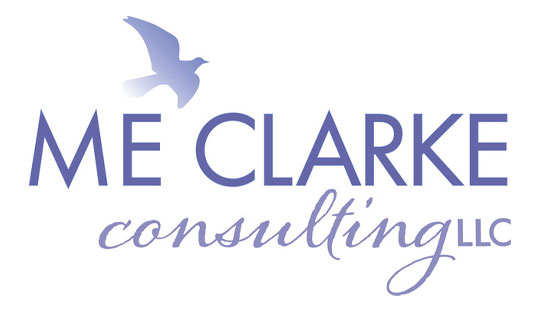Acknowledging Our Biases
All of us are biased. In fact, says Rachael Frame, occupational psychologist at Work Group, “you’re not a human being if you’re not naturally biased in some way.” Most of us do not recognize our biases and therefore make judgments based on what are often unconsciously held beliefs, positive or negative. This leads to a prevalence of unconscious bias where we quickly categorize individuals we meet based on categories that we have already stored and built up. So in a sense we pre-judge everybody and automatically try to fit them into a category we know. Trouble occurs when we have not had much experience with an individual from a particular category, especially those from a target group. This is when prejudice occurs.
Diversity advocate, Vernā Myers, tackled the issue of “unconscious biases” by delivering a powerful TED Talk on how to overcome our biases. Myers stated we must start by getting out of denial. We like to tell ourselves that there is not a biased bone in our body. This is simply not true. We are all biased in some way or another. Our brains are wired to categorize and organize our surroundings, creating preconceived notions about certain groups. To accept this we must first and foremost admit out loud to ourselves that we have biases. No matter who you are, or where you are from you have some biases. Accepting this does not make you a bad person, it makes you a real person.
The second step is to move toward our discomfort. To overcome our preconceived notions we must first get uncomfortable before we can get comfortable. To do this, look around at your inner circle and recognize your default. What ethnicity is it? What gender? Then move away from it. Make a deliberate decision to interact with groups that make you uncomfortable. Step out of your safety zone and get to know someone who is not your default. You will begin to understand individuals on a deeper level, allowing you to reset your automatic assumptions on a neurological level.
Lastly, it is crucial for us to talk about these biases with our loved ones. Biases will move generation to generation if we do not say anything. Listen to the conversations happening in your families. If you hear something questionable, speak up, because these comments often fall on the ears of children who can carry it on to the next generation. Do not pick a fight, but let that person know that such comments will not be ignored. This may be awkward, but is a necessary step for us to take.
The Implicit Association Test measures our unconscious biases. It requires users to rapidly categorize two concepts with an attribute (for example, the concepts “male” and “female” with the attribute “logical”). Easier pairings (faster responses) are interpreted as more strongly associated in memory than more difficult pairings (slower responses). The IAT measures unconscious attitudes about such concepts as race, gender-career, age, sexuality, and weight. Studies confirm that young North American children, both black and white, on average, assign more negative adjectives to the drawings of black faces and more positive adjectives to the drawing of white faces. This is an endemic issue we cannot ignore. None of these steps to overcome our biases will be easy. You will not be comfortable until you get uncomfortable. As Myers says, we need to stop trying to eradicate racism and instead shine a light on it. Acknowledge your own biases. Then move toward, not away from, the groups that make you uncomfortable.




Leave a Reply
Want to join the discussion?Feel free to contribute!